
The Pieta
The History and Origin of the Pieta
The Pieta's origins trace back to the late 15th century when a young Michelangelo was commissioned to create a piece for the French Cardinal Jean de Bilhères. The Cardinal wanted a work of exceptional beauty for his funeral monument and turned to Michelangelo to create it. The result was the Pieta, a sculpture that would become one of the most famous and beloved works of art in the world.
Michelangelo began working on the Pieta in 1498, and two years later, the masterpiece was unveiled. The sculpture was initially placed in the chapel of Santa Petronilla, a Roman mausoleum near the south transept of St. Peter's, chosen by the Cardinal as his funerary chapel.
The Pieta's creation brought Michelangelo immediate fame. His ability to depict the human body with such precision and emotional depth was groundbreaking, and it established him as one of the leading artists of his time. The Pieta was Michelangelo's first major commission in Rome and marked the beginning of a distinguished and influential career.
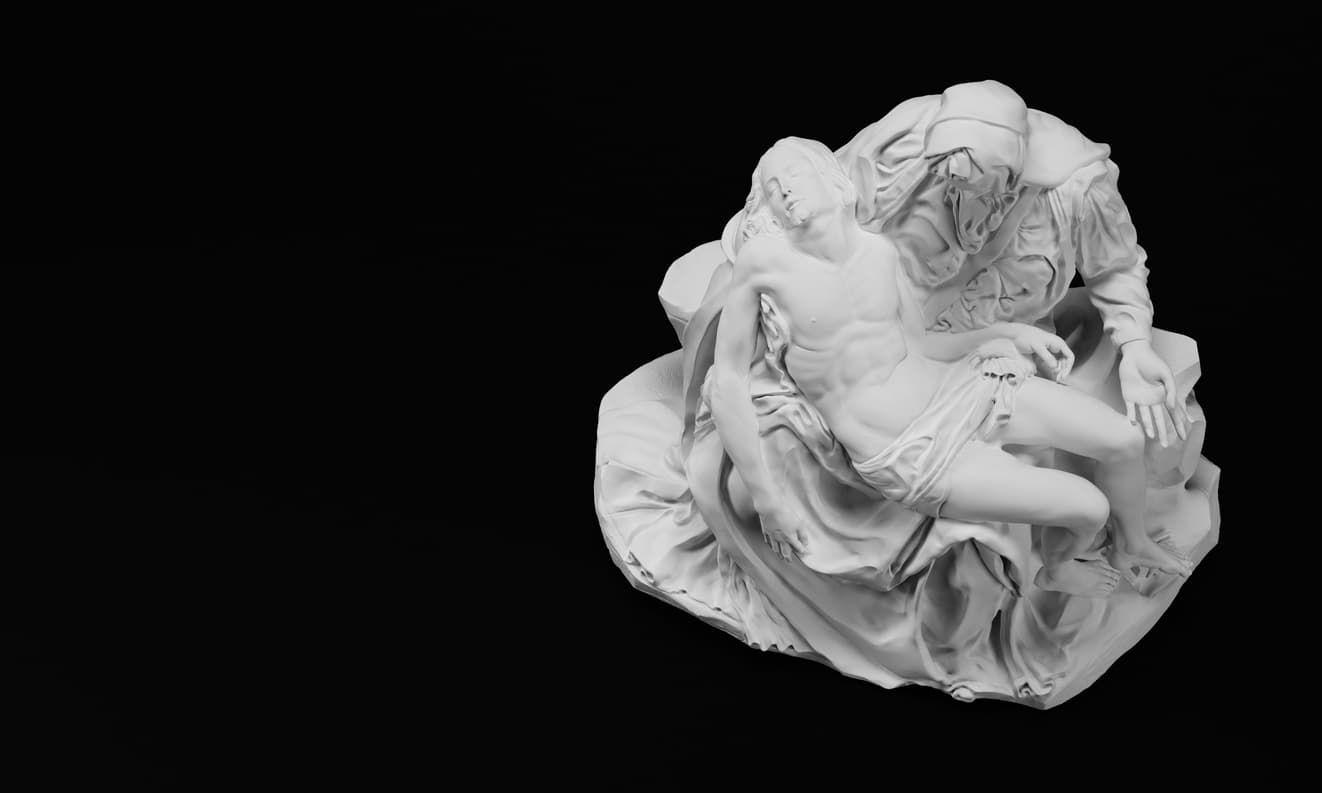
Unique Features of the Pieta
What makes the Pieta stand out is not just its emotional depth but also its remarkable attention to detail. Michelangelo was a master of human anatomy, and this is evident in the Pieta. The body of Christ is depicted with remarkable precision, from the muscles and veins to the delicate features of his face. The Virgin Mary, despite the sorrow she is portrayed to be feeling, retains an ethereal beauty, a testament to Michelangelo's ability to capture human emotion.
Another unique feature of the Pieta is the way Michelangelo was able to create a sense of balance and harmony in the sculpture. Despite the difference in size between the Virgin Mary and Christ, Michelangelo managed to create a sense of proportion and symmetry that is both aesthetically pleasing and impactful.
Perhaps the most remarkable feature of the Pieta is the fact that Michelangelo carved it from a single slab of marble. This feat of craftsmanship is a testament to the artist's skill and dedication. It is said that Michelangelo believed that the figure he was carving was already inside the block of marble, and his job was merely to reveal it.
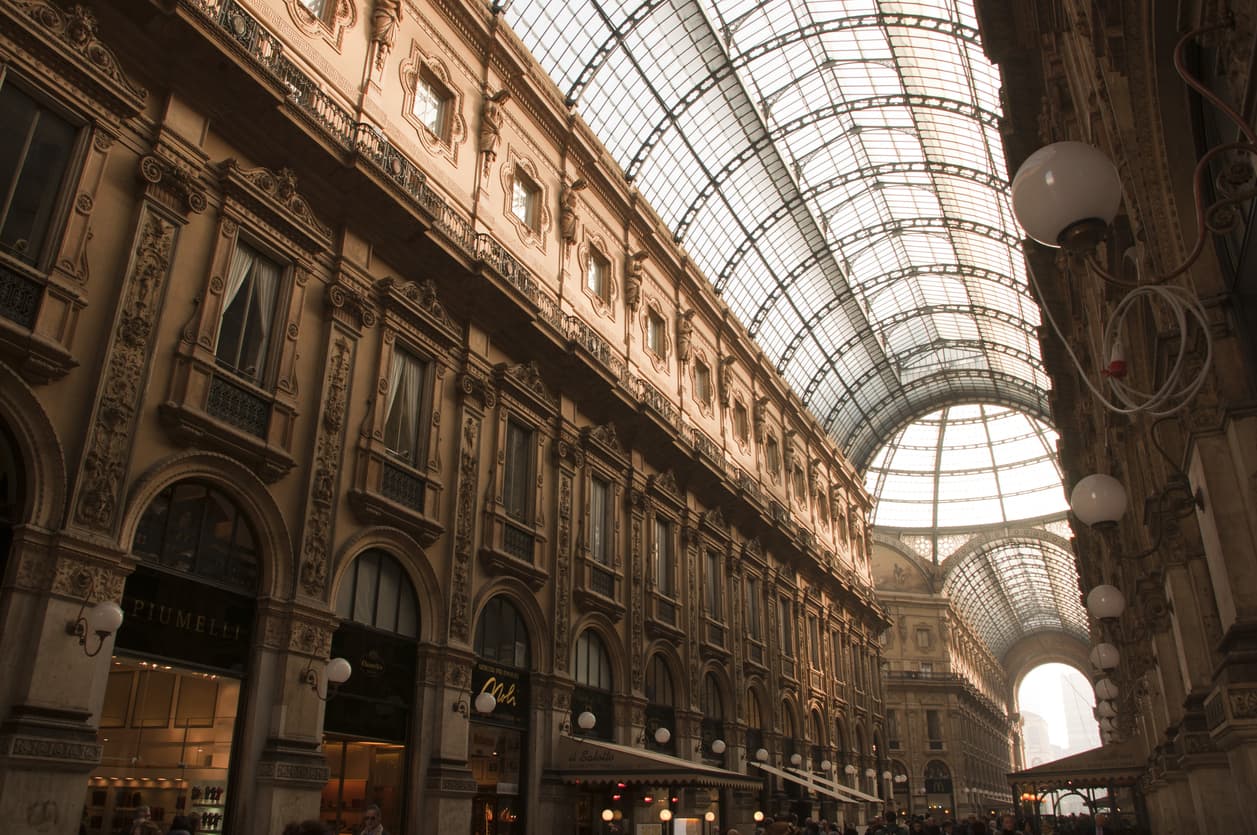
Unveiling the Pieta in Vatican City
Following its creation, the Pieta was unveiled in Vatican City, where it has remained ever since. The sculpture was initially placed in the Chapel of Santa Petronilla, where it remained until the late 18th century. In 1749, it was moved to its current location in St. Peter's Basilica, where it can be viewed by the public.
The unveiling of the Pieta marked a significant moment in art history. The sculpture quickly gained renown for its emotional depth and technical mastery, solidifying Michelangelo's reputation as one of the leading artists of the Renaissance. Today, the Pieta continues to be one of the most visited and admired works of art in Vatican City.
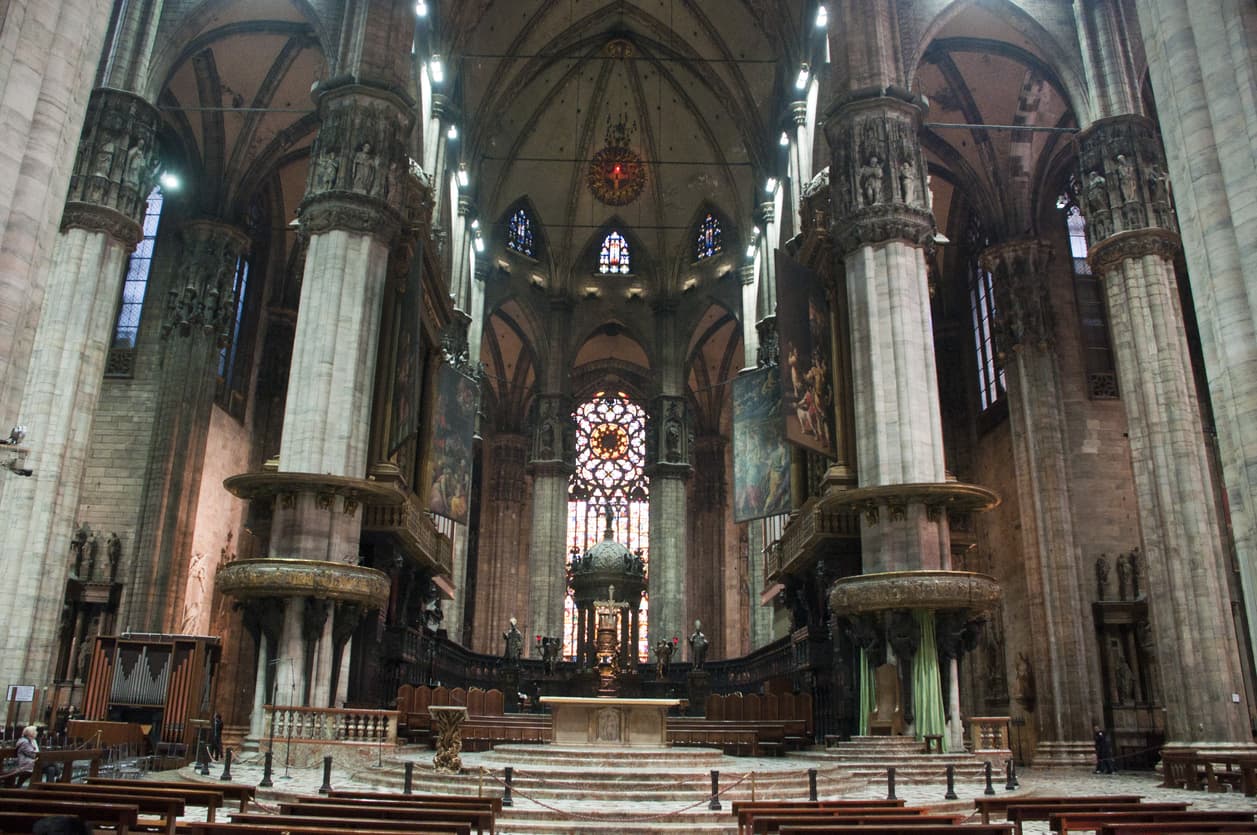
The Artist Behind the Pieta: Michelangelo
Michelangelo Buonarroti, the artist behind the Pieta, was one of the most influential figures of the Italian Renaissance. Born in 1475, Michelangelo showed an early talent for art and was apprenticed to the painter Domenico Ghirlandaio at the age of 13.
Michelangelo was not only a master sculptor but also a talented painter, architect, and poet. However, it was his skill with the chisel that truly set him apart. His ability to bring marble to life, to imbue it with emotion and vitality, was unparalleled. The Pieta is a testament to his genius and his deep understanding of the human form and the human condition.
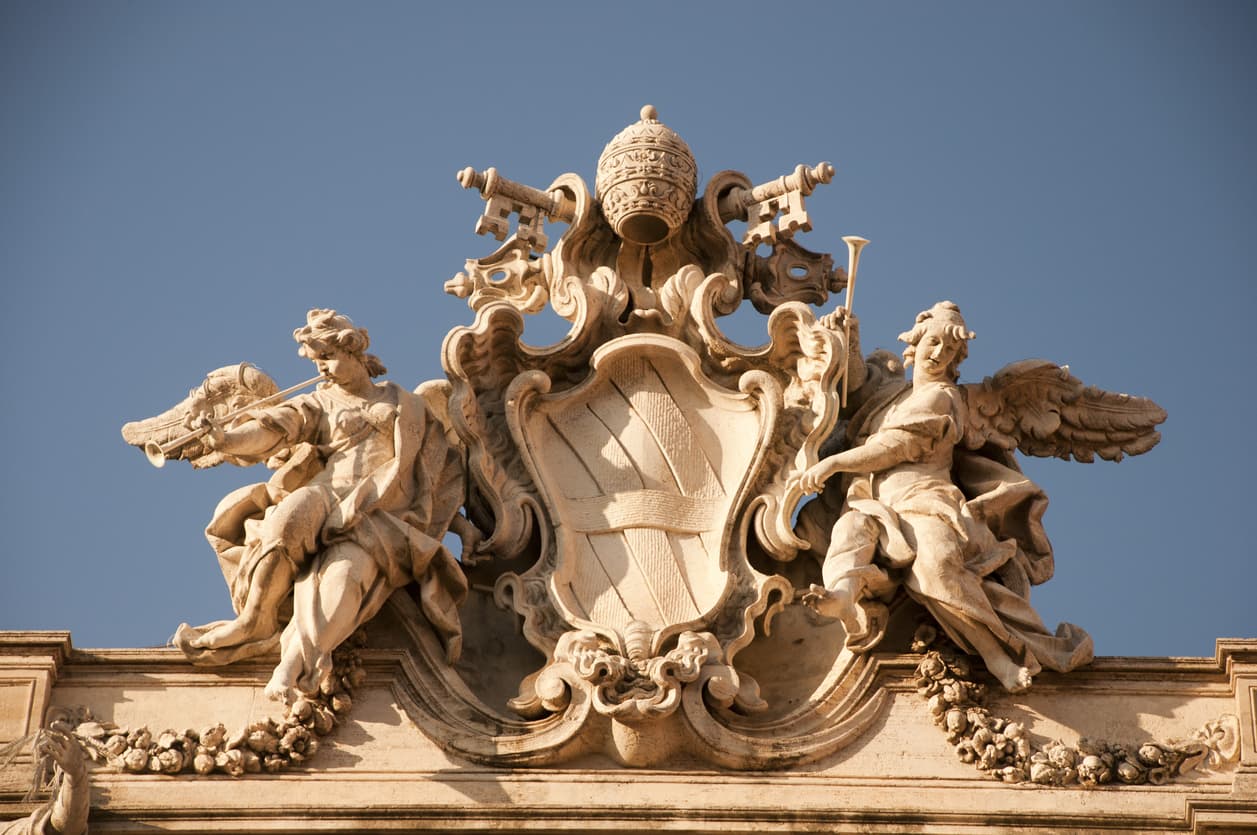
The Significance of the Pieta in Art History
The Pieta holds a special place in art history. Not only was it the work that launched Michelangelo's career, but it also represented a shift in the way artists approached the depiction of emotion and the human form. The depth of sorrow captured in the Pieta was unlike anything that had been done before, and it ushered in a new era of emotional depth and realism in art.
The Pieta's influence can be seen in countless works of art that followed. Artists from all over the world have been inspired by Michelangelo's ability to convey profound emotion through sculpture, and the theme of the Pieta has been revisited time and time again.
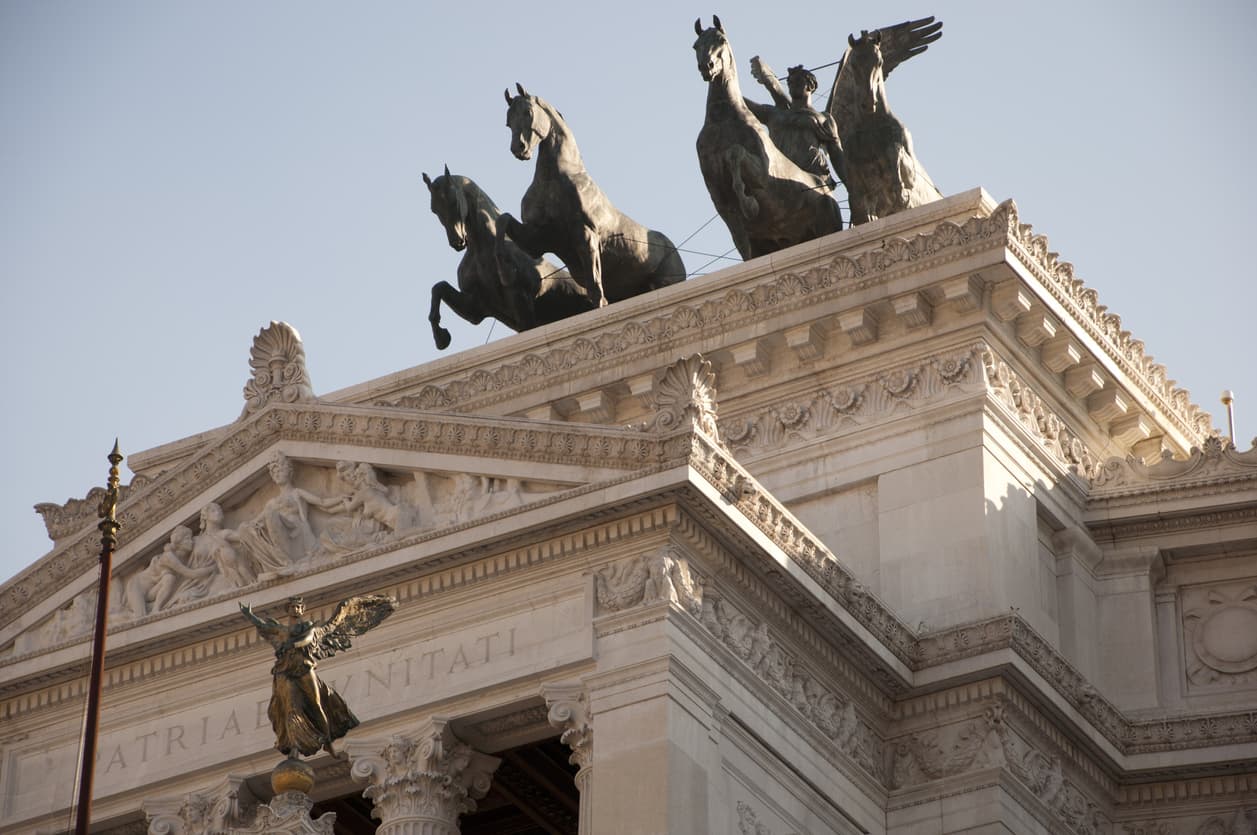
The Symbolism and Interpretation of the Pieta
The Pieta is rich in symbolism and has been interpreted in various ways throughout history. At its core, it represents the Virgin Mary's sorrow and love for her son. However, it also symbolizes the larger themes of sacrifice, redemption, and the human capacity for compassion and love.
The position of Christ's body in the Virgin Mary's lap is symbolic of his sacrifice, while the sorrow etched on Mary's face represents the pain of loss. At the same time, the peaceful expression on Christ's face symbolizes his acceptance of his fate and his ultimate resurrection.
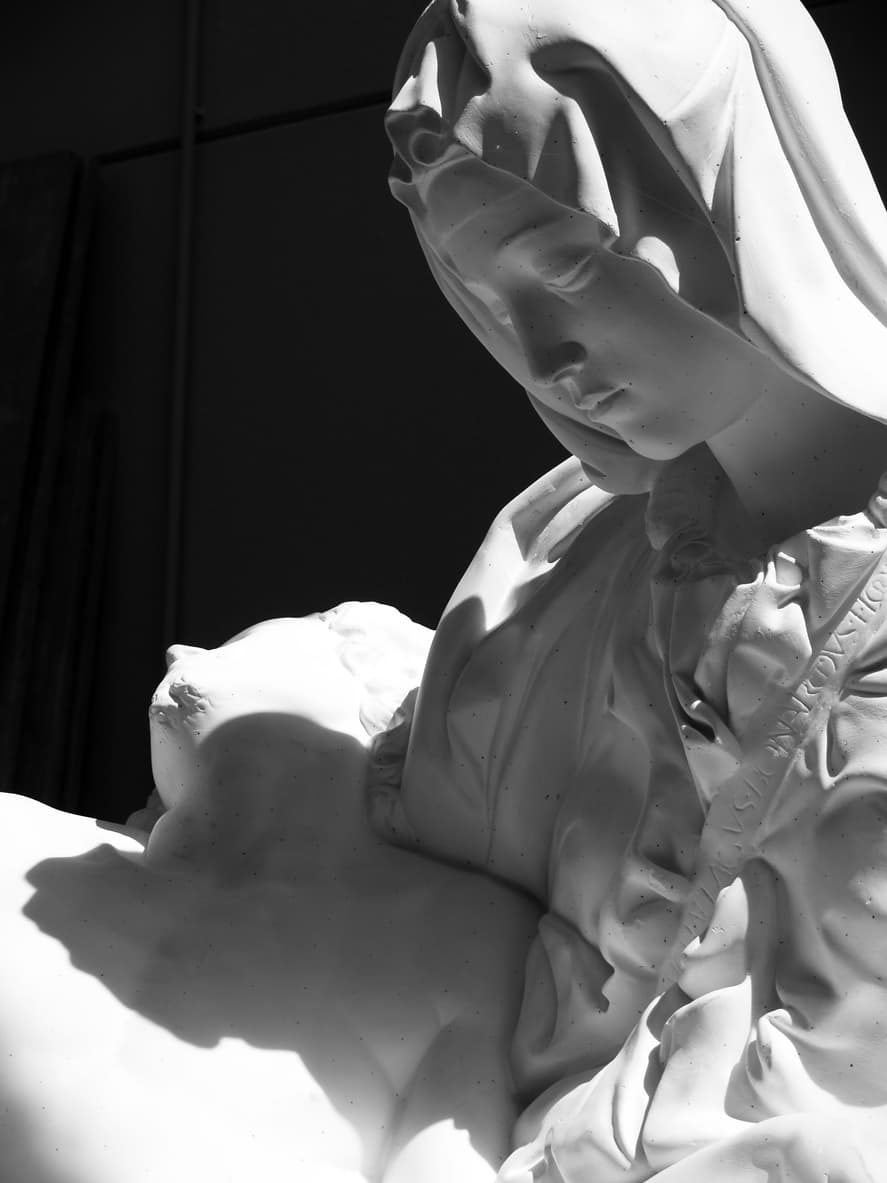
The Pieta: A Cultural and Religious Icon
Over the centuries, the Pieta has become a cultural and religious icon. It is revered not only for its artistic mastery but also for its religious significance. For many, the Pieta is a symbol of faith, sacrifice, and the deep love that exists between a mother and her child.
The Pieta has also become a symbol of compassion and humaneness, transcending religious boundaries. Its universal themes of love, loss, and sacrifice resonate with people of all faiths and walks of life.
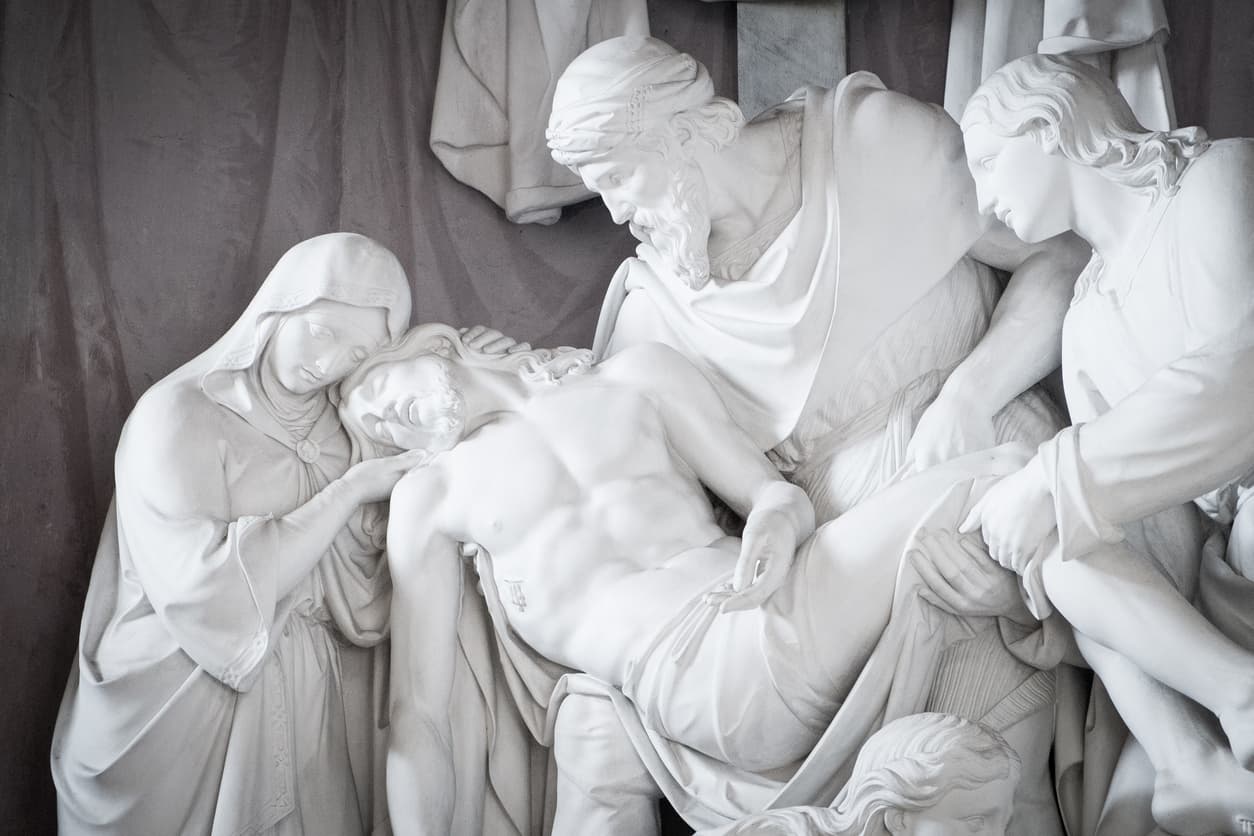
Visiting the Pieta: A Tourist's Guide
If you find yourself in Vatican City, a visit to the Pieta is a must. Located in St. Peter's Basilica, the Pieta is open to the public and can be viewed free of charge. However, due to its popularity, it is recommended to visit early in the morning or late in the afternoon to avoid the crowds.
As you approach the Pieta, take a moment to appreciate its beauty and the skill that went into its creation. Look closely at the details—the delicate features of Christ, the sorrow on Mary's face, the intricate folds of their clothing—and let yourself be moved by this extraordinary work of art.
Exploring the Pieta is not just about viewing a masterpiece; it's about immersing yourself in a profound emotional experience. It's about connecting with centuries of history, art, and faith. It's about understanding the depth of human emotion and the power of unconditional love. So take your time, stand in awe, and let the Pieta speak to you in its silent, marble language.
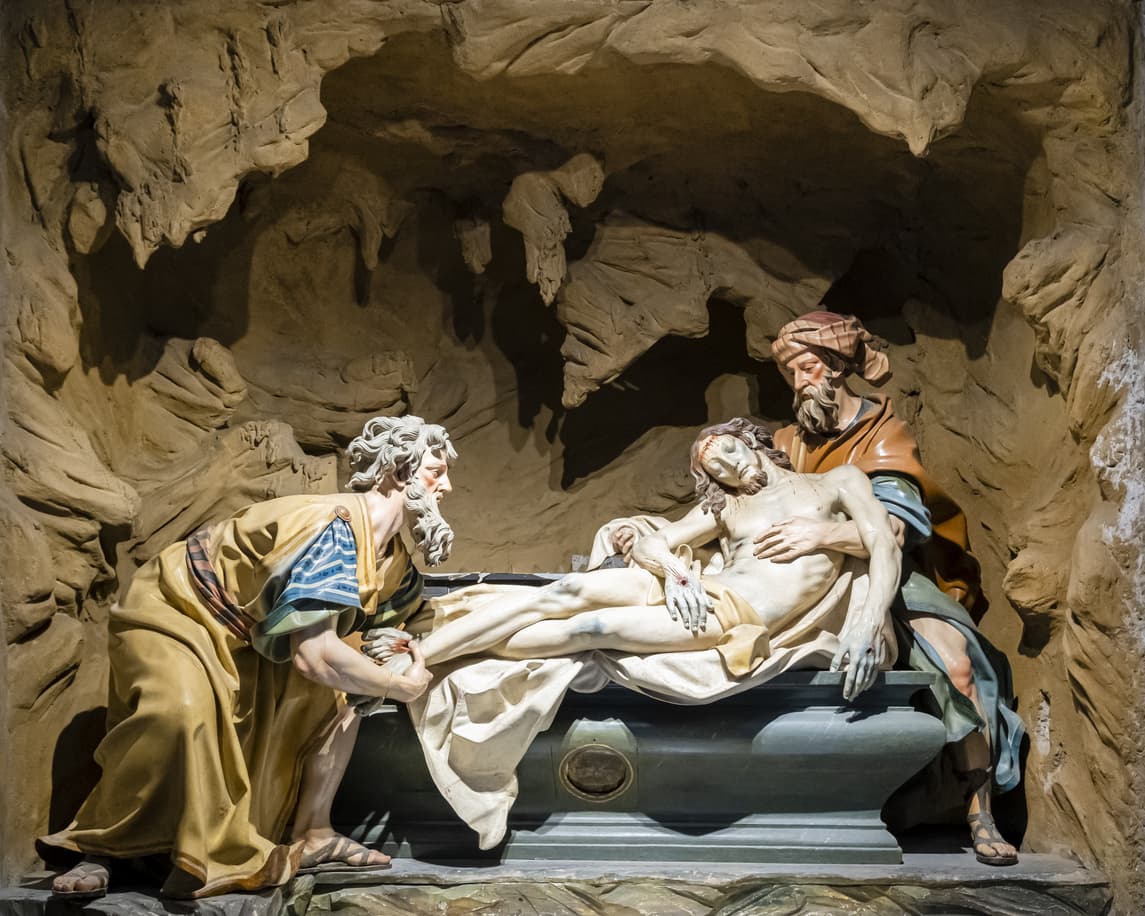
Related Tours
How Excellent is Italy Trip Packages?
Italy Trip Packages is proud to be the best travel agency in Italy, according to our many positive reviews.
Frequently asked questions


